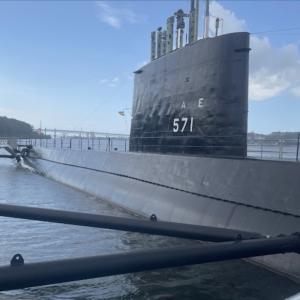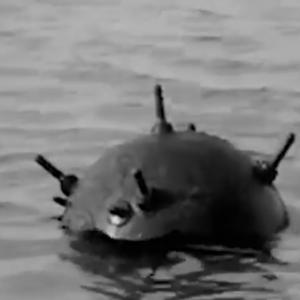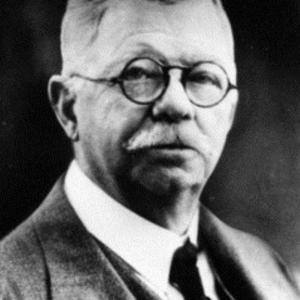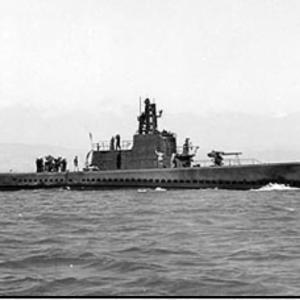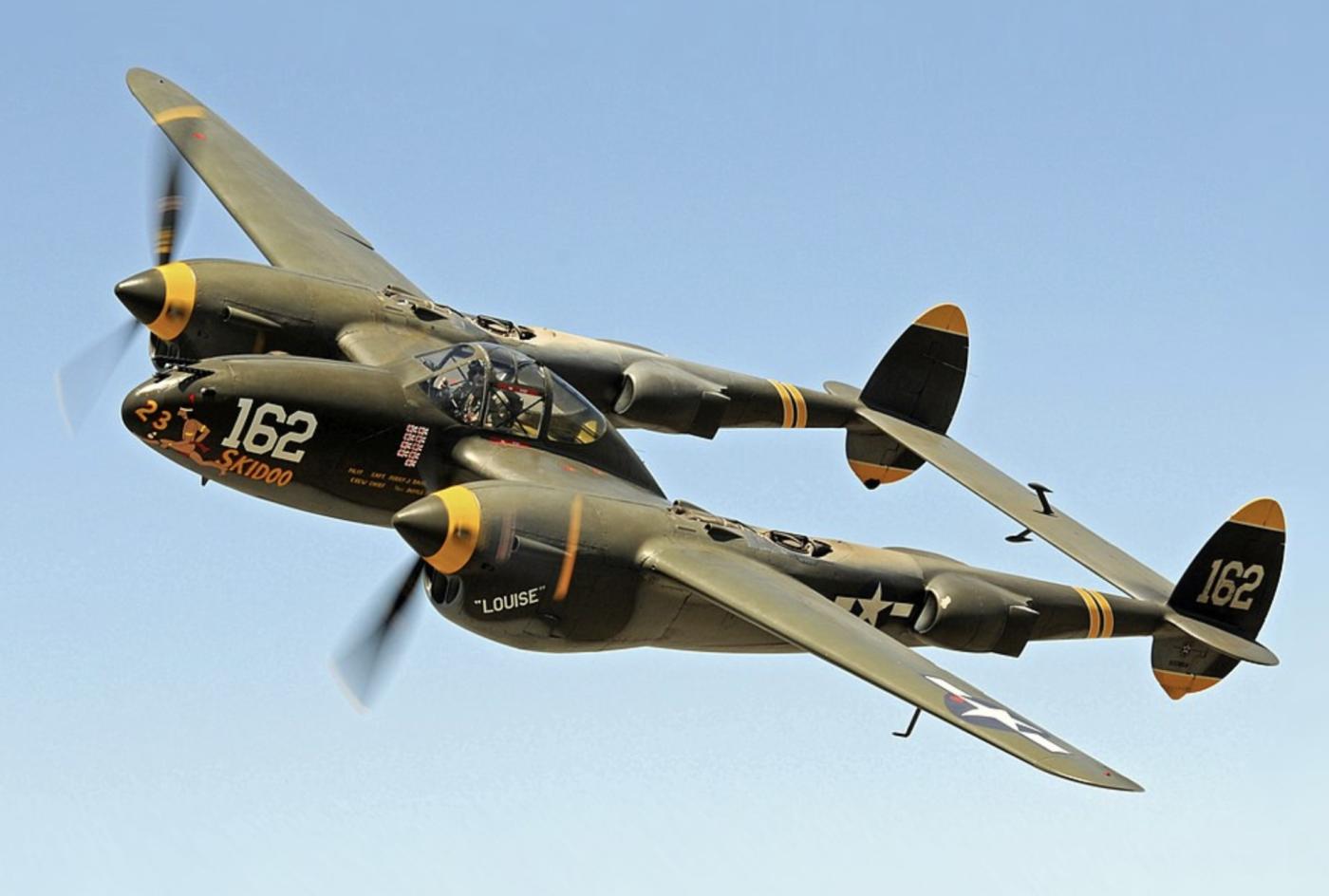
Lockheed Lightning p-38
The Lockheed Lightning was one of the most distinctive and effective American fighter aircraft of World War II. Its unique twin-boom design and central nacelle for the cockpit made it easily recognizable on the battlefield. Developed by Lockheed in the late 1930s, this high-performance, twin-engine fighter saw extensive service in multiple theaters of the war. Its versatility, long range, and firepower allowed it to perform a variety of roles, including fighter escort, ground attack, reconnaissance, and bomber interception.
The aircraft was designed by Clarence "Kelly" Johnson, one of the most accomplished engineers in aviation history and later head of Lockheed's Skunk Works. Johnson and his team developed the design in response to a 1937 United States Army Air Corps specification for a high-altitude interceptor. The challenge called for a heavily armed, fast-climbing aircraft capable of reaching 20,000 feet in under six minutes. Johnson answered with a bold and innovative concept that incorporated turbo-supercharged Allison V-1710 engines, providing excellent performance at altitude. Its twin-boom layout accommodated the engines and tail structure, while the central fuselage housed the pilot and all weaponry, creating a stable, well-balanced airframe and eliminating the need for wing-mounted armament.
Lockheed manufactured the Lightning at its Burbank, California facility. Thousands of engineers, mechanics, and assembly workers contributed to the effort, and the aircraft remained in production throughout the entirety of America's involvement in the war. A total of 10,037 units were built between 1941 and 1945. Several major variants emerged, including the F, G, J, and the final and most produced model, the L, which alone accounted for more than 3,900 units. Each successive version introduced improvements in engine performance, cooling, armament, and combat capability.
One of the fighter’s most formidable features was its heavy and centralized firepower. It was equipped with four .50 caliber (12.7 mm) Browning M2 machine guns and a 20 mm Hispano M2 cannon, all mounted in the nose. This concentration of fire allowed for exceptional accuracy, as it eliminated the need to converge wing-mounted guns at a specific distance. In addition to its primary armament, later models could carry bombs or rockets under the wings, making it highly effective in ground-attack missions as well as aerial combat.
Designed as a single-seat aircraft, the Lightning did not carry additional crew. A few rare training versions included a second seat, but in combat, the pilot operated solo. Managing the dual-engine configuration, turbochargers, and combat systems required significant training, but once mastered, the aircraft proved to be fast, stable, and reliable. Pilots appreciated its range and heavy punch, although handling required experience, especially during asymmetric engine operation or high-speed dives.
This aircraft saw service in nearly every theater during World War II but was especially valuable in the Pacific and China-Burma-India regions. Its extended range made it ideal for escorting bombers over vast ocean distances, where other Allied fighters could not reach. In fact, it was the only Allied fighter with the range to escort heavy bombers across long distances early in the war. It played a key role in Operation Vengeance in April 1943, when American pilots intercepted and shot down a transport carrying Admiral Isoroku Yamamoto, the mastermind behind the Pearl Harbor attack. This mission, deep within enemy territory, showcased the Lightning’s range, speed, and precision.
In the European Theater, the aircraft's performance was mixed. While it outperformed many other planes in speed and firepower, it encountered difficulties in the colder, high-altitude environment over Western Europe. Its engines were more prone to failure under these conditions, and its maneuverability at high speeds was less than that of some German fighters, such as the Messerschmitt Bf 109 and Focke-Wulf Fw 190. However, it was widely used in the Mediterranean, where the climate and mission types better suited its capabilities. There, it excelled in bomber escort, strafing runs, and reconnaissance missions.
America’s top-scoring ace of the war, Major Richard Bong, flew the Lightning in the Pacific Theater. Credited with 40 aerial victories, Bong’s success highlighted the aircraft’s lethality when flown by skilled pilots. Others, such as Thomas McGuire and Charles MacDonald, also made their mark flying the twin-engine fighter, underscoring its dominance in the hands of well-trained airmen.
As the war progressed, newer aircraft like the North American P-51 Mustang gradually took over escort duties in Europe, where their superior high-altitude performance and range made them better suited to long bombing missions. Nonetheless, the Lightning remained in active service until the end of the conflict. After the war, it was phased out from front-line use but continued to serve in various roles for a limited time. Some were sold to foreign air forces, while a number of examples entered civilian service, where they were used in air races and later preserved as flying warbirds in airshows.
The Lockheed Lightning was a remarkable combination of innovation, firepower, and range. Conceived by a visionary designer and built by a leading American manufacturer, it stood out as one of the most iconic and capable aircraft of World War II. Its twin-boom silhouette, centralized nose guns, and long-range capabilities left a lasting impression on both enemies and allies, securing its place in the annals of aviation history.

